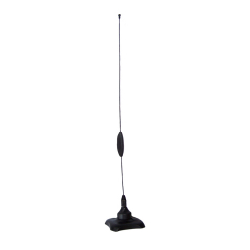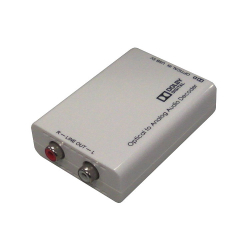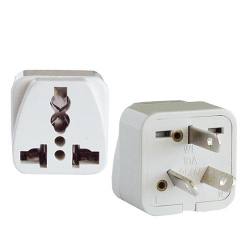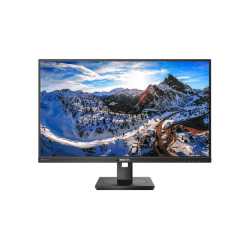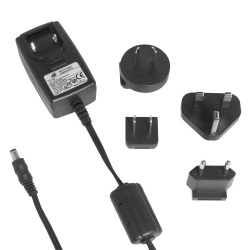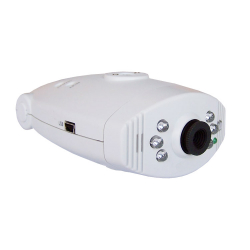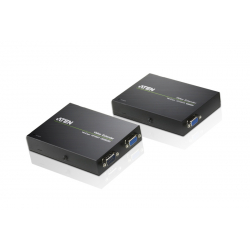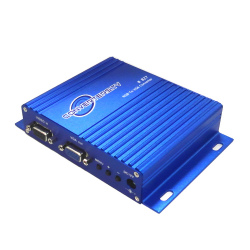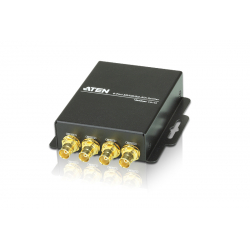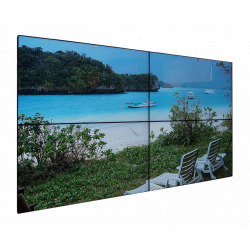A B C D E F G H I J K L M N O P Q R S T U V W X Y Z _
| PALplus | An extension of the PAL analogue broadcasting system for transmitting 16:9 programs without sacrificing vertical resolution. A standard PAL receiver will display the image in letterbox format with 432 active lines, while a PALplus receiver can use extra information hidden in the black bars above and below the image to recreate 576 lines of vertical resolution. A separate feature related to PALplus is ColourPlus, which improves colour decoding performance. |
| PAL-60 | A substandard of PAL used by some countries, utilising 60Hz instead of 50Hz refreshing frequency. Some multi-standard equipment can take American NTSC and transcode the signal into PAL format. When operating in this mode most of them do not output a true (625/25) PAL signal but rather a hybrid of PAL and NTSC known as PAL-60 (or 'pseudo PAL') with "60" standing for 60 Hz, instead of 50 Hz. Some video game consoles also output a signal in this mode. Most newer television sets can display such a signal correctly but some will only do so (if at all) in black and white or with other problems. A PAL-60 signal is similar to an NTSC (525/30) signal but with a PAL chrominance subcarrier at 4.43 MHz (instead of 3.58) and with the PAL-specific phase alternation of the red colour difference signal between the lines. |
| PAP | Picture and Picture (PAP), also commonly referred to as PBP (Picture by Picture), is a technique where two programs are displayed side-by-side on the screen, with the sound from one program being played through the speakers, and the sound from the other being sent to headphones. A somewhat similar function is called Picture and Text (PAT), where the screen is divided into one program and one teletext page. |
| PIP | Picture-In-Picture (PIP) is a feature of some television receivers and multimedia devices. Using the PIP function, one image is displayed on the full TV screen/monitor at the same time as one or more other programs are displayed in inset windows. Sound is usually from the main program only. The PIP function is useful in monitoring several video images simultaneously on one screen. |
| Progressive Scan | Progressive scan is a method for displaying, storing or transmitting moving images in which all the lines of each frame are drawn in sequence. The video signal beam does not skip alternate lines, but fills in each line every time, which tends to render smoother motion sequences. This is in contrast to the interlacing used in traditional television systems where only the odd lines, then the even lines of each frame (each image now called a field) are drawn alternately. Advantages of progressive scan include a higher vertical resolution than interlaced video with the same frame rate, an absence of visual artifacts associated with interlaced video of the same line rate, and better results when scaling to higher resolutions than equivalent interlaced video, such as upconverting 480p to display on a 1080p HDTV. A disadvantage of progressive scan is that it requires higher bandwidth than interlaced video that has the same frame size and vertical refresh rate. |
| Plasma | Plasma is a display technology for thin flat display devices usually used for large TV screens. Plasma screen pixels are small cells sandwiched between two layers of glass that contain gases, which when electrically charged excite phosphors in the cell to emit light. Plasma displays should not be confused with LCDs, another lightweight flatscreen display using different technology. Plasma displays are bright, have a wide colour gamut, and can be produced in fairly large sizes - currently up to approximately 150 inches (measured diagonally). They have a very low-luminance "dark-room" black level compared to the lighter grey of the unilluminated parts of an LCD screen. |
| PS/2 | A port type developed by IBM for the purpose of connecting a keyboard or mouse to a PC. The PS/2 port has a mini DIN plug containing 6 pins. Following the release of USB keyboards, PS/2 keyboards and mice have become less popular. |
| Pixels | In digital imaging, a pixel (or picture element) is a single point in a raster image. The pixel is the smallest addressable screen element, it is the smallest unit of picture which can be controlled. Each pixel has its own address. The address of a pixel corresponds to its coordinates. Pixels are normally arranged in a 2-dimensional grid, and are often represented using dots or squares. Each pixel is a sample of an original image, where more samples typically provide more-accurate representations of the original. The intensity of each pixel is variable. In color image systems, a color is typically represented by three or four component intensities such as RGB (red, green, and blue), or CMYK (cyan, magenta, yellow, and black). |
- 1
- 2 (current)
